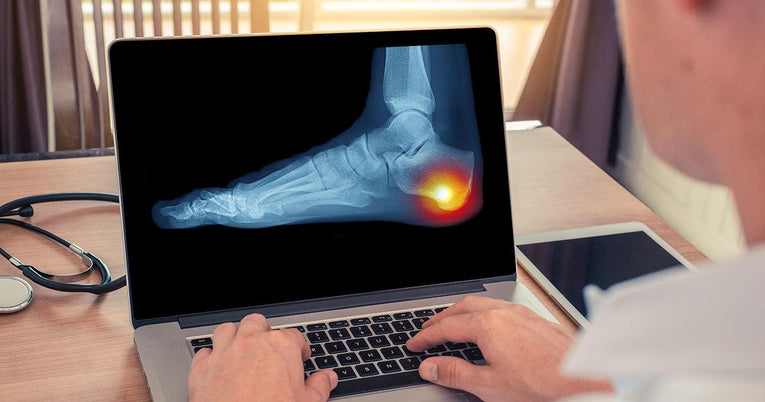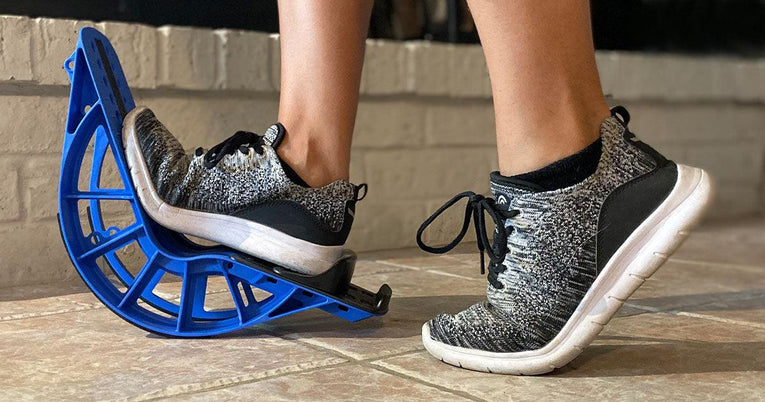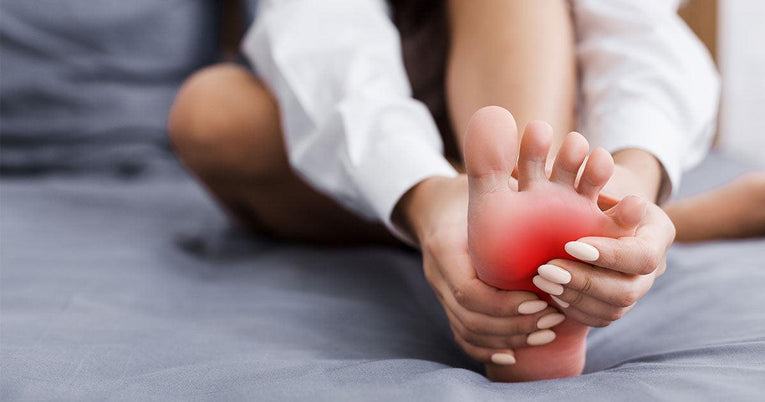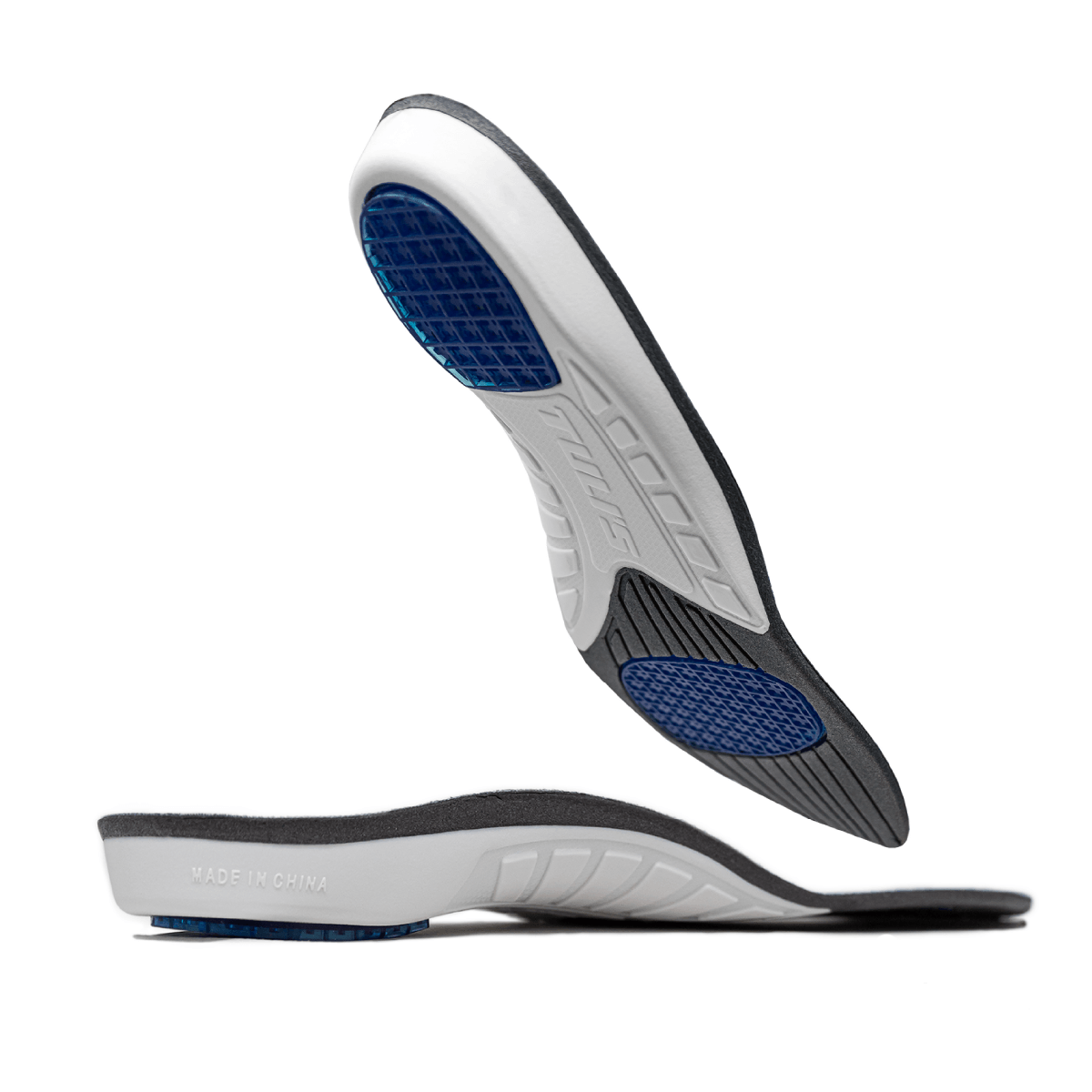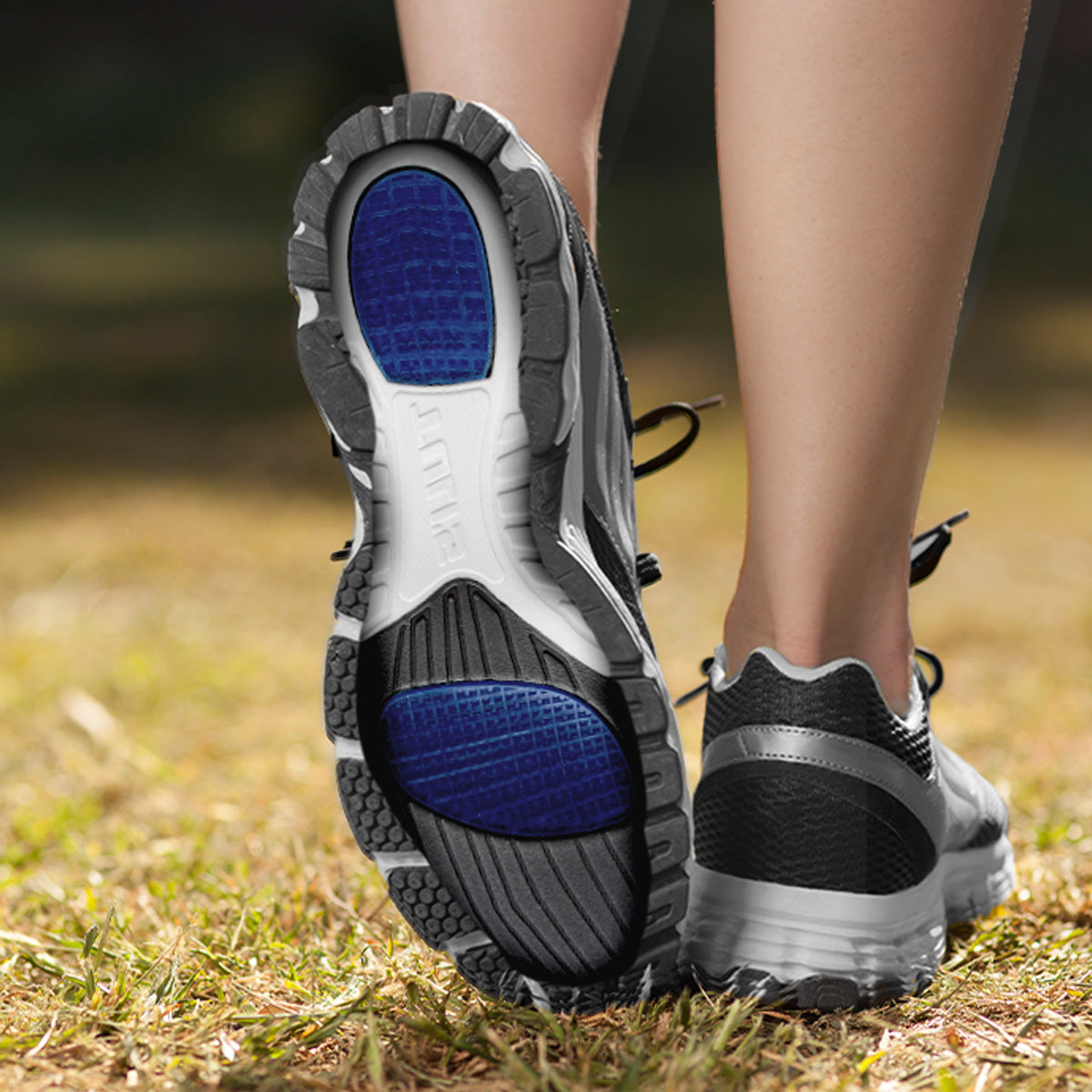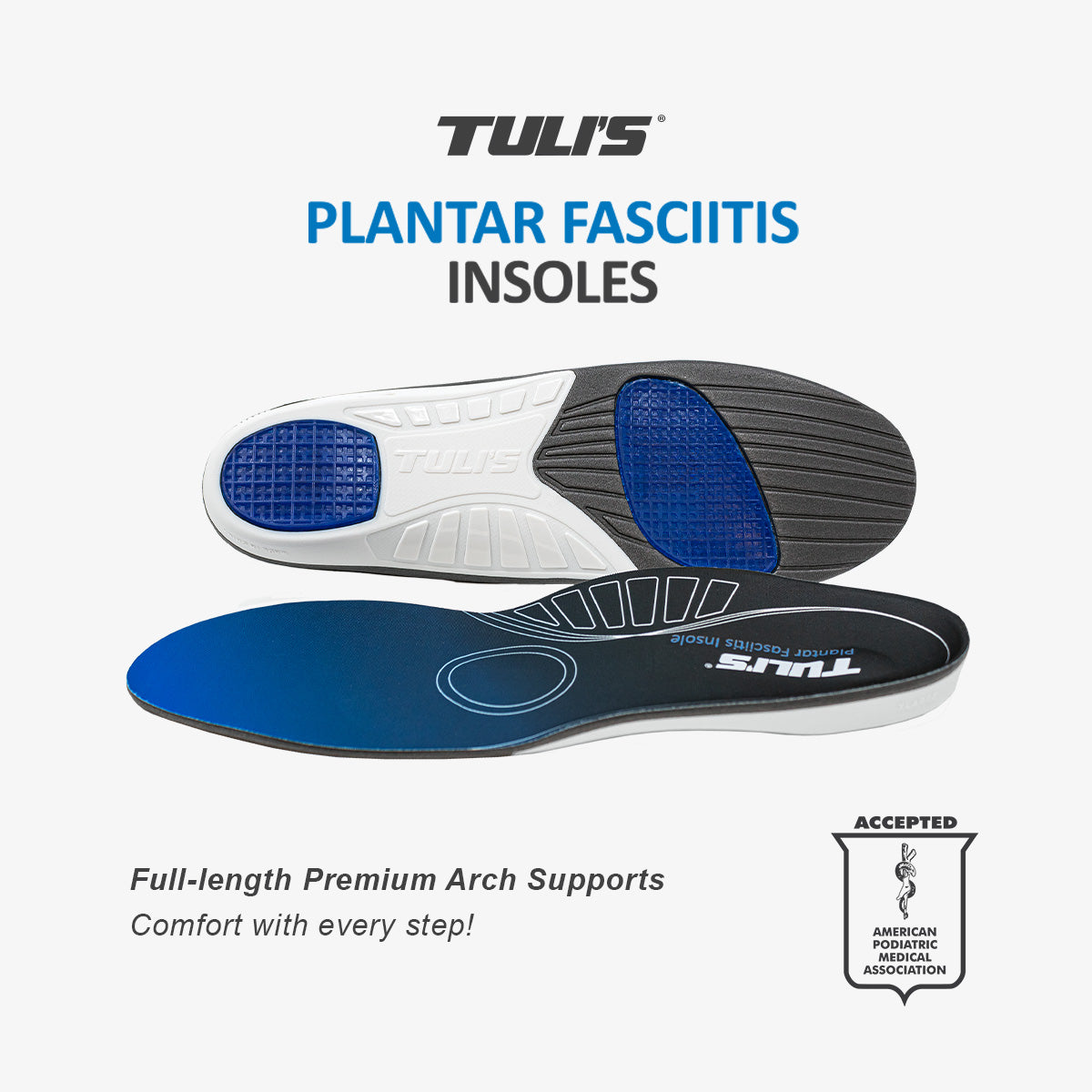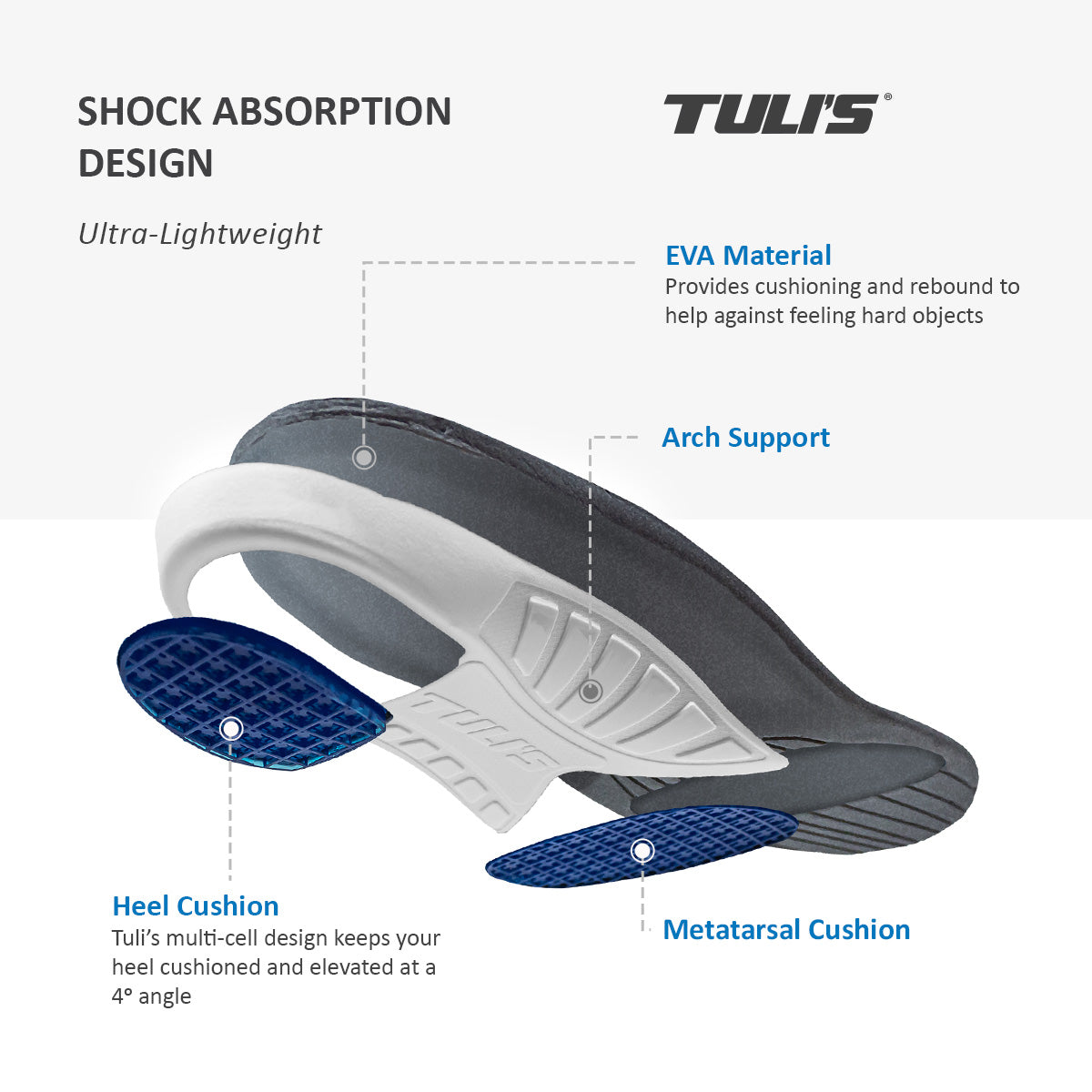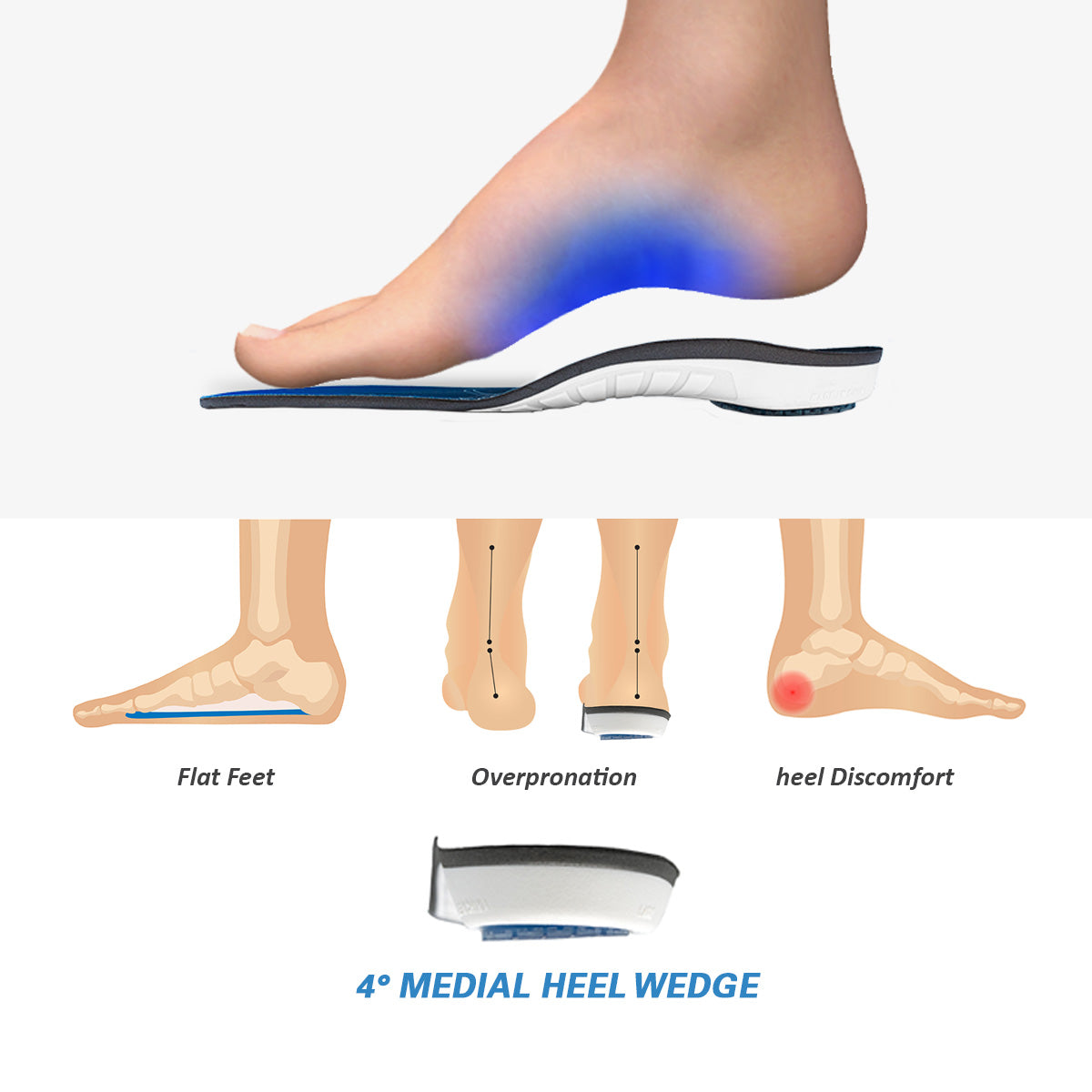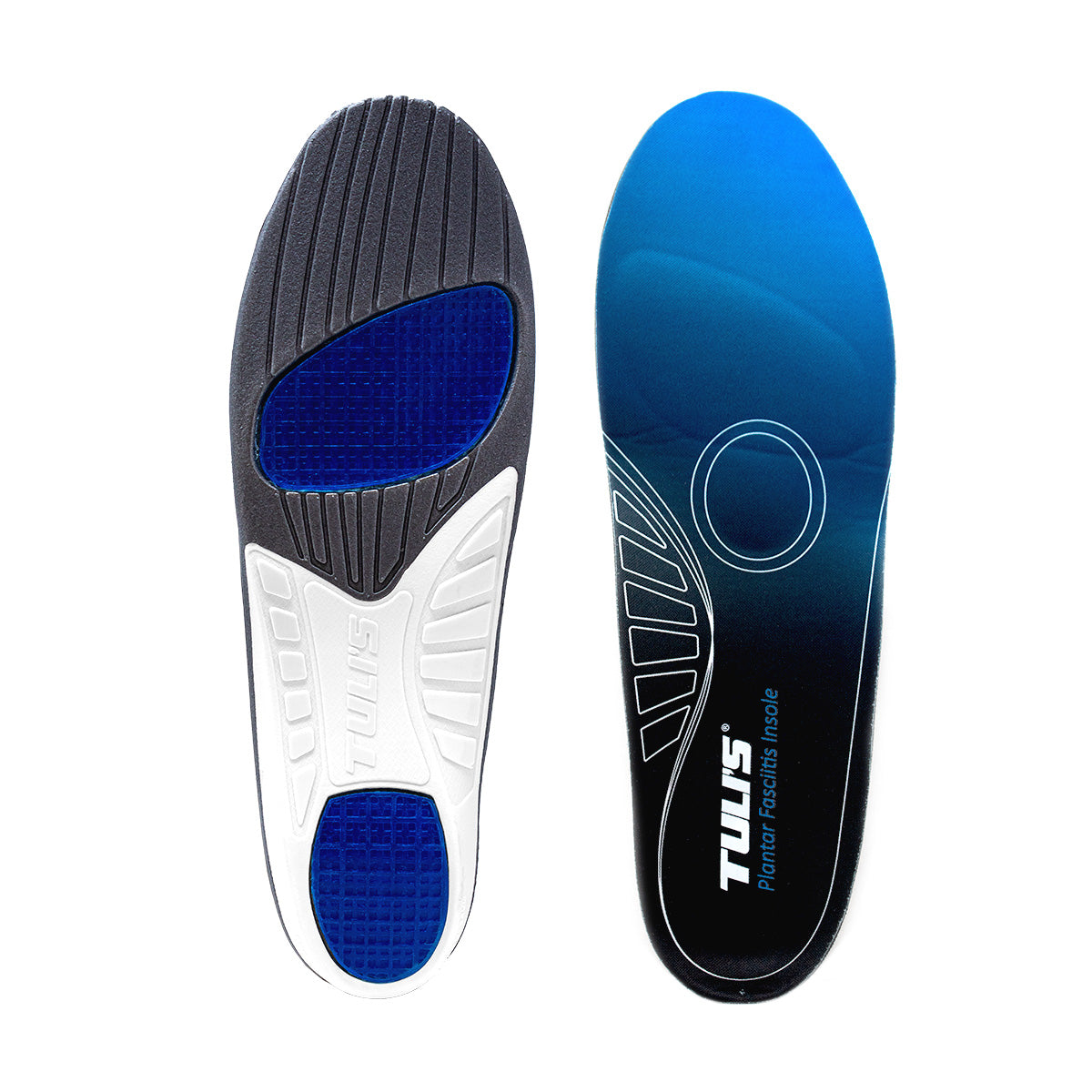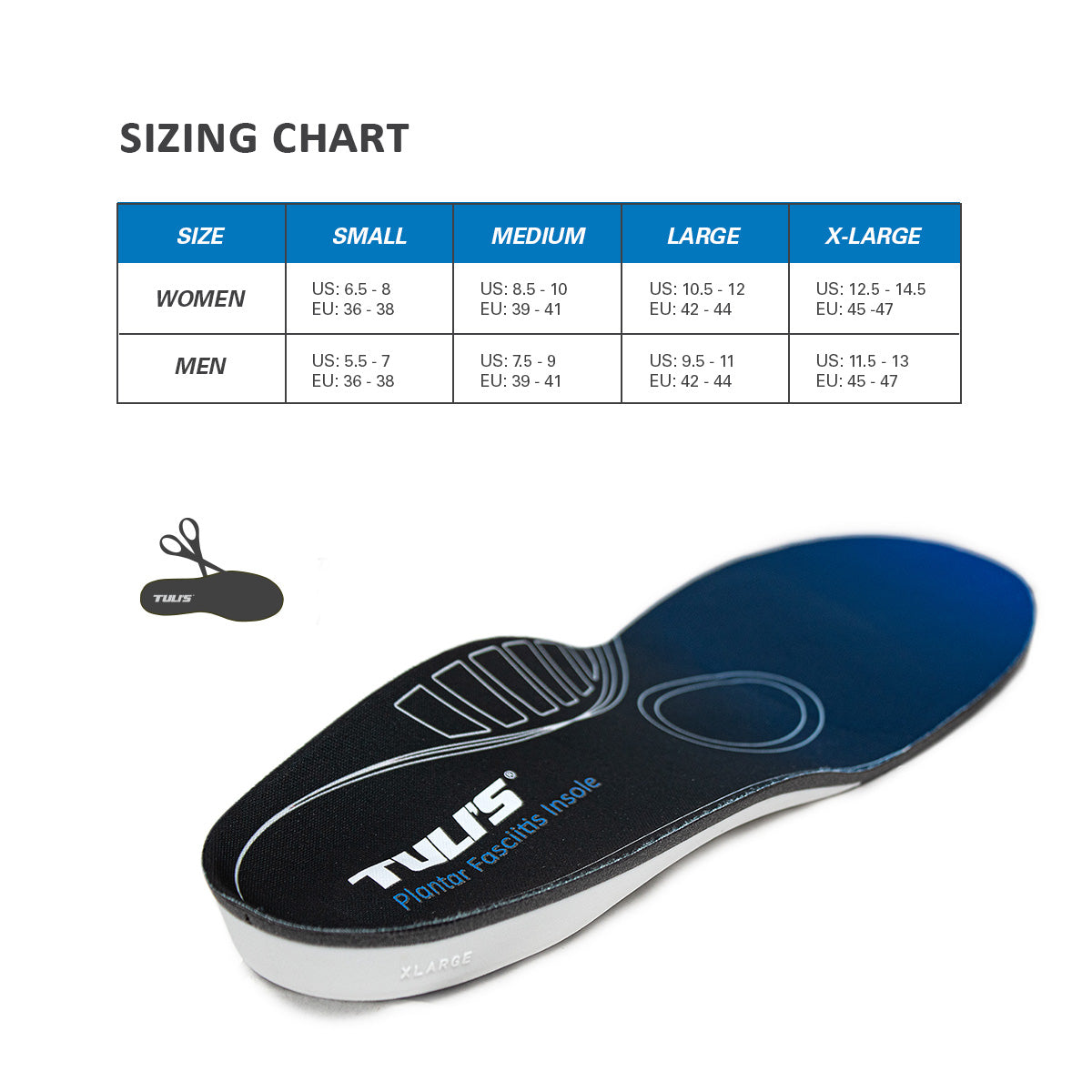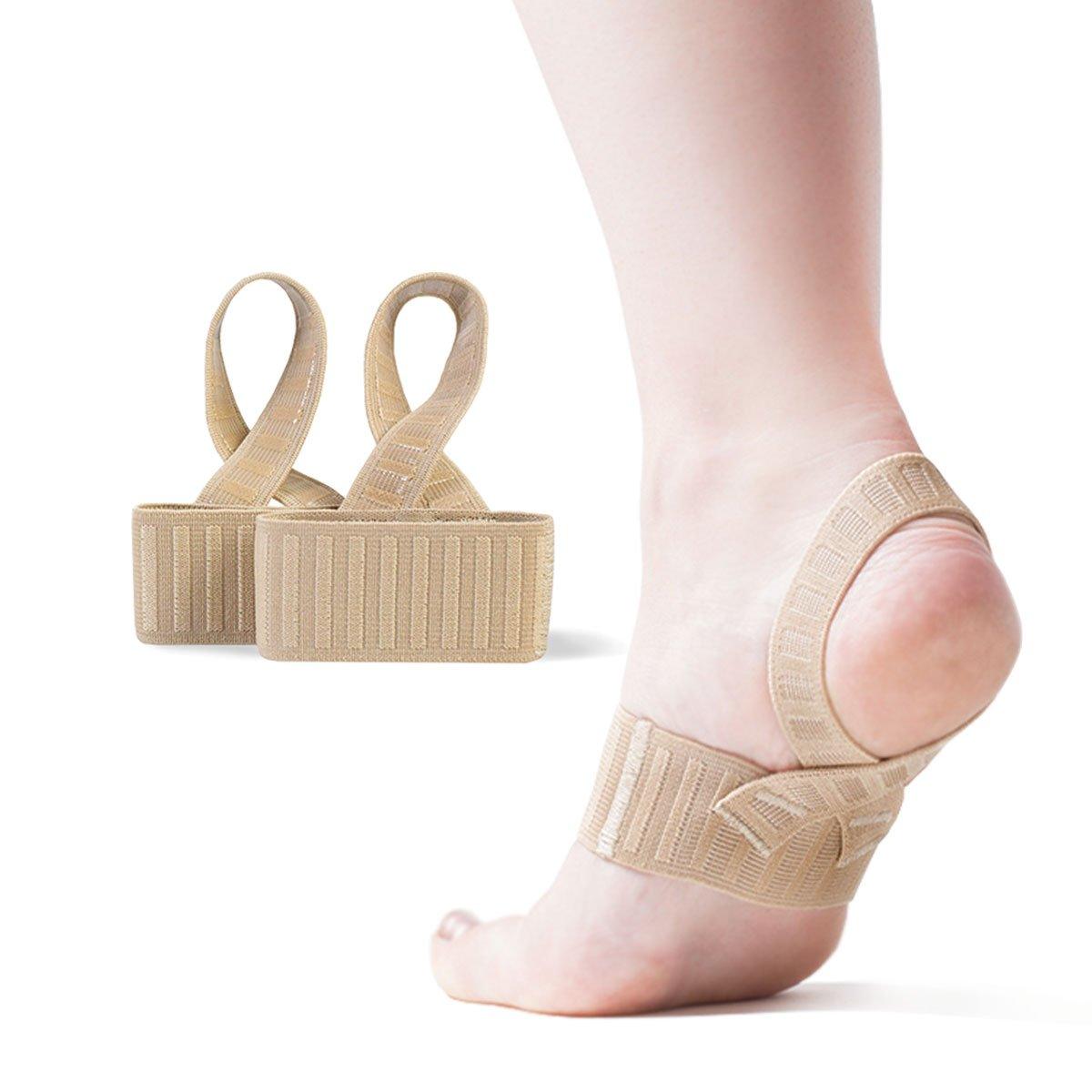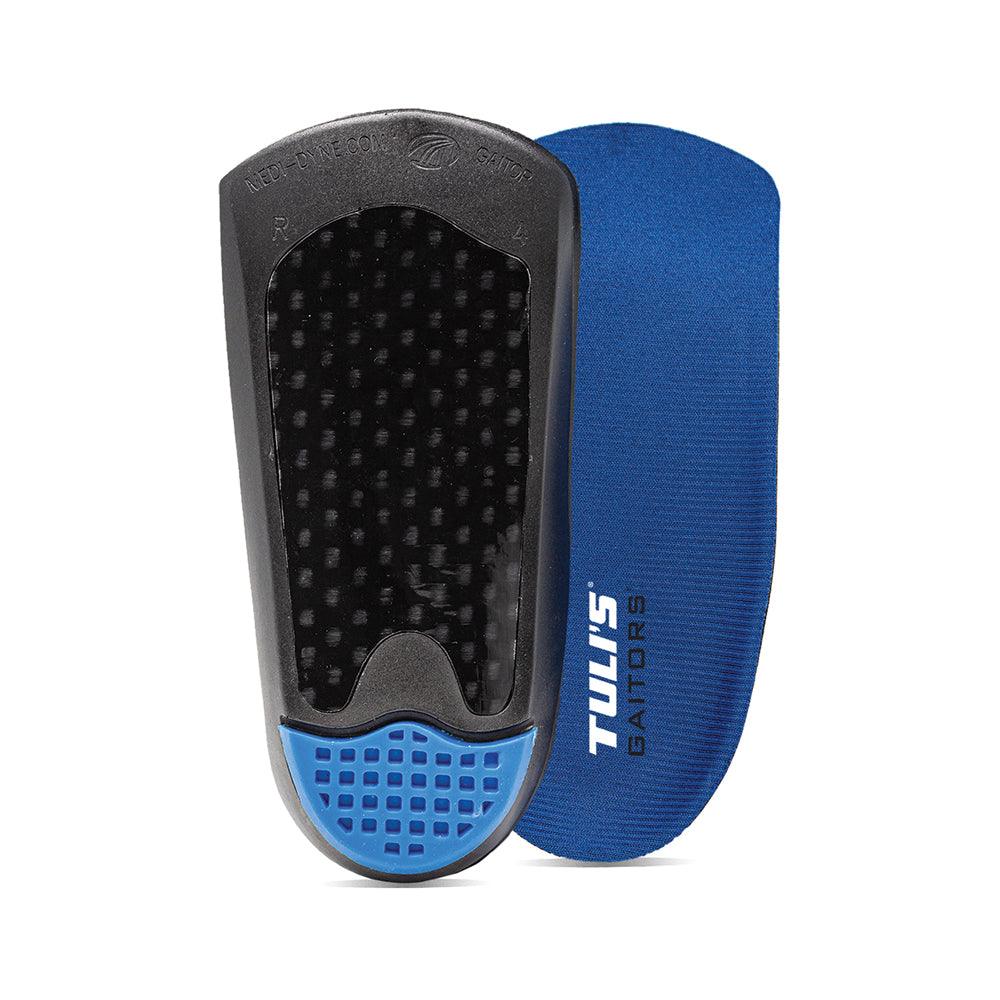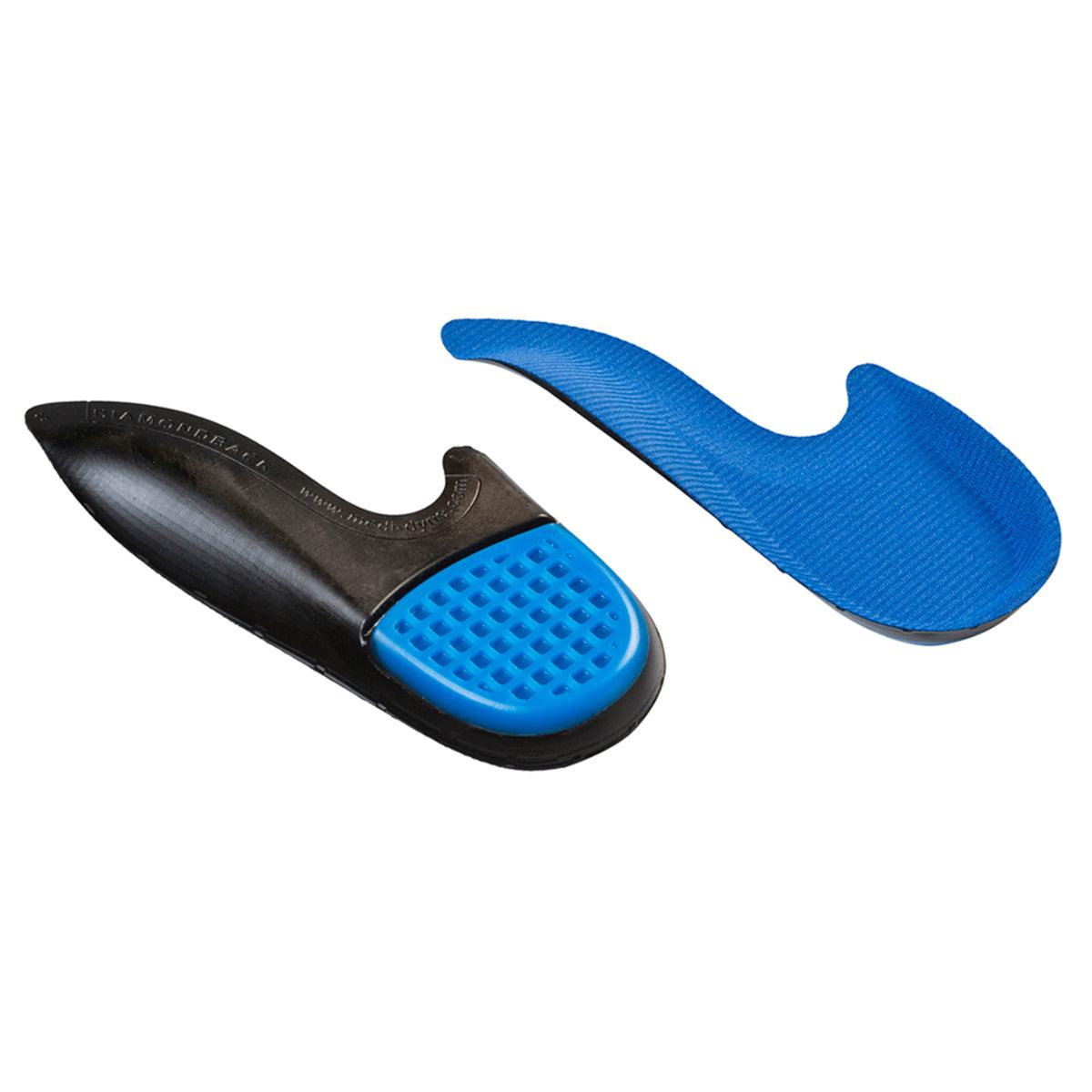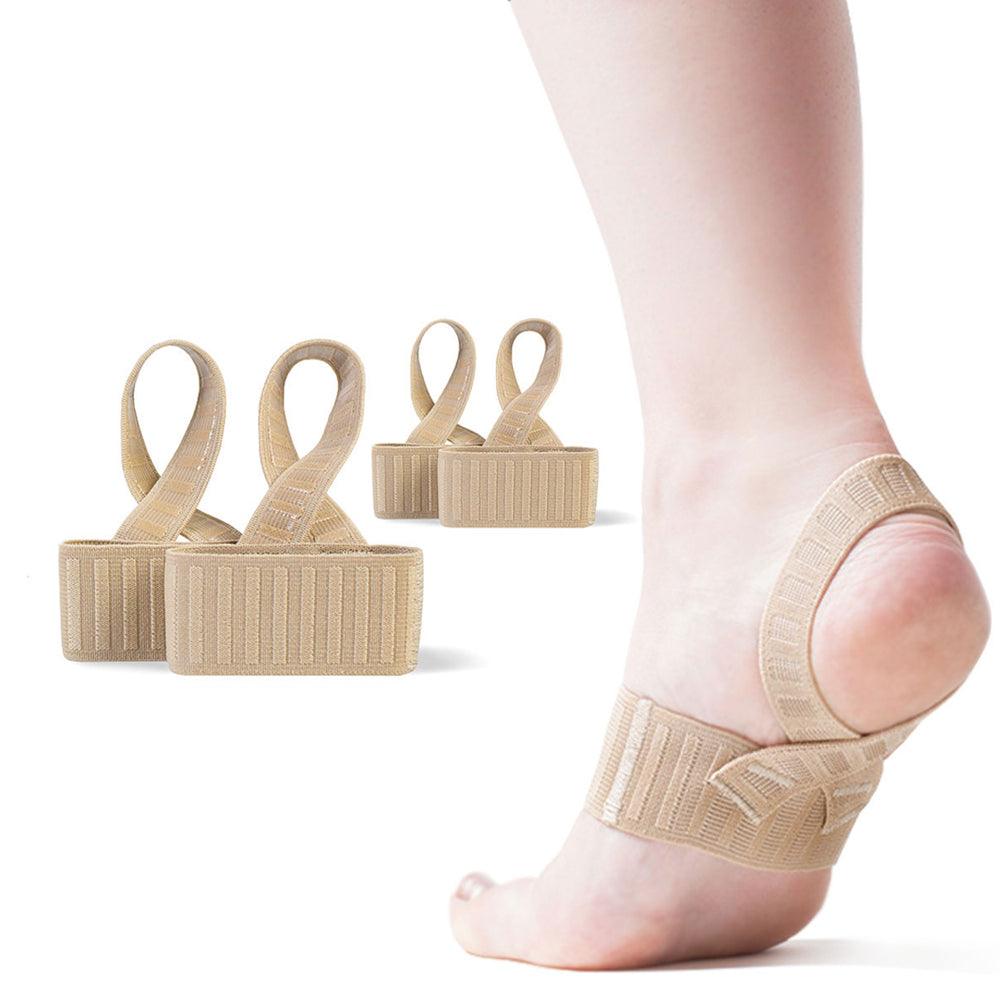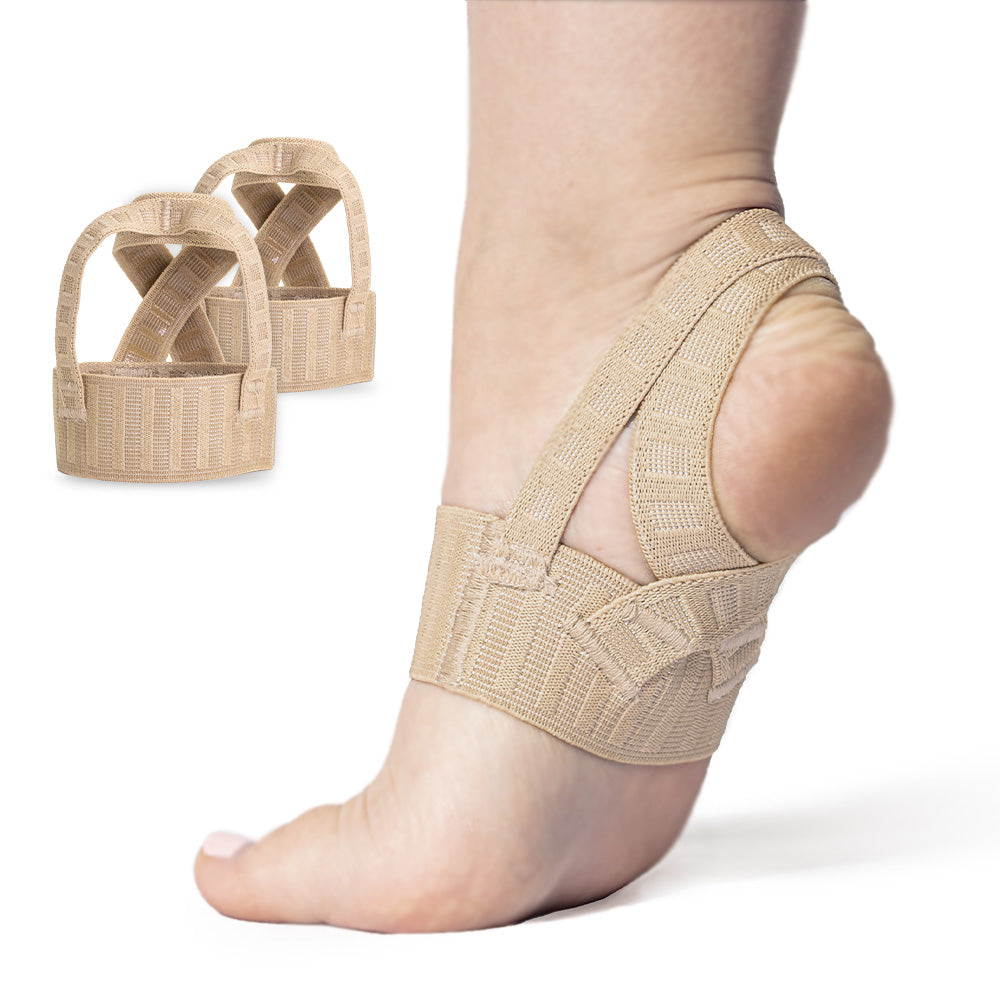Suffering from heel pain is bad enough but not knowing what’s causing it or how to make it stop just makes it worse! Terms like heel spurs and Plantar fasciitis (PLAN-tur fas-e-I-tis) get used interchangeably but how do you determine what’s causing the pain in your heel when walking?
DEFINE YOUR PAIN
While nothing replaces a diagnosis from a physician, a few simple questions can help you narrow down your plan of action.
Do you have…
- An incredible pain in the heel when walking? Especially after you take your first steps in the morning or after getting up from being seated for a while?
- A sharp, stabbing heel pain?
- Are you experiencing side heel pain? Or maybe outer heel pain?
- Heel feels like walking on bone?
- Heel pain that feels like it's also in your arch?
- Pain that subsides after walking around for a while?
Any one or even all of these symptoms could indicate plantar fasciitis. Heel spurs don’t always cause pain. In fact, heel spurs often show up unexpectedly on X-rays taken for some other problem.
SO, WHAT’S THE DIFFERENCE BETWEEN HEEL SPURS AND PLANTAR FASCIITIS?
Is your heel pain from heel spurs or plantar fasciitis? Find out below!
What is Plantar Fasciitis?
The plantar fascia is a broad band of fibrous tissue that runs along the bottom of the foot from the heel to the forefoot. This band connects the heel bone to the toes and creates the arch of the foot. Plantar fasciitis is the inflammation of the plantar fascia which happens when the plantar fascia is overstretched or overused.
With this condition, the pain is felt in the base of the heel and can make even everyday walking difficult. According to the Mayo Clinic®, “about 90 percent of the people who have plantar fasciitis recover with conservative treatments in just a few months.”
The two most important steps you can take to treat plantar fasciitis is to use a quality heel cup in your shoes and to perform targeted stretching exercises designed to maintain good flexibility throughout the interconnective chain of the lower leg. In addition to these plantar fasciitis treatments, it is recommended that you reduce your activity level when experiencing severe pain and apply ice to the affected area regularly.
What is a Heel Spur?
A heel spur is a sharp bony growth at the front side of the heel bone (Calcaneus). It usually begins on the front of your heel bone and points toward the arch of your foot — without you realizing it.
Heel spurs can cause pain in the back of the foot especially while standing or walking. However, it should be noted that the heel spur itself is actually not causing any pain. It is the inflamed tissue around the spur that causes pain and discomfort.
Many people who suffer from heel pain are quick to conclude that they have heel spurs but general heel pain as described earlier is much more likely to be Plantar fasciitis. Only an x-ray of the heel bone will prove whether a person has a true heel spur.

TREATING A TRUE HEEL SPUR
In the past, doctors often performed surgery to remove heel spurs, believing them to be the cause of the pain. Most of that pain is now determined to be associated with plantar fasciitis. In treating plantar fasciitis now, doctors rely more on ice, heel cups, arch supports, physical therapy, and pain medications.
Sufferers from heel spurs can find relief by using a quality heel cup or arch support in their shoes. The Tuli’s Heel Cups are great for adding some cushion as well as absorbing shock! A heel cup will provide extra cushion to the heel and reduce the amount of pressure and shock that your foot experiences.
Treating heel spurs can take some time but sufferers who use heel cups, choose sensible shoes, and include stretching and strengthening exercises for the plantar fascia and other surrounding structures such as the Achilles tendon can expect significant pain relief.
The post Is Your Heel Pain Heel Spurs or Plantar Fasciitis? appeared first on Medi-Dyne.





